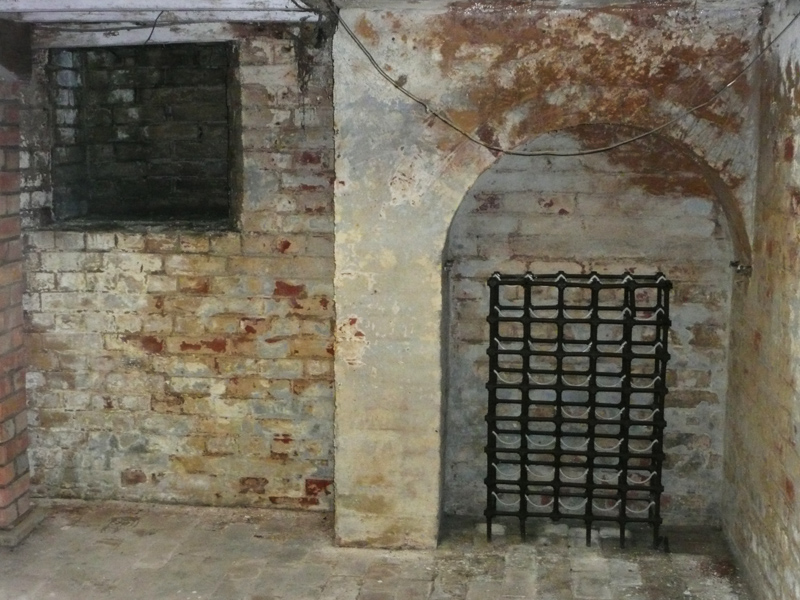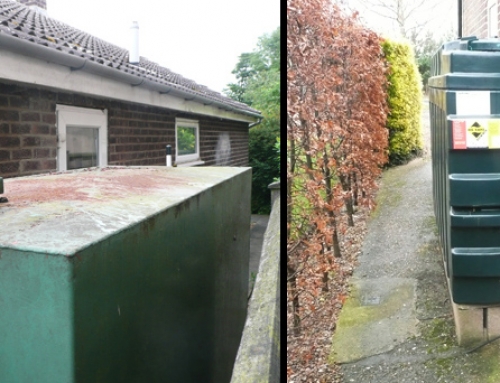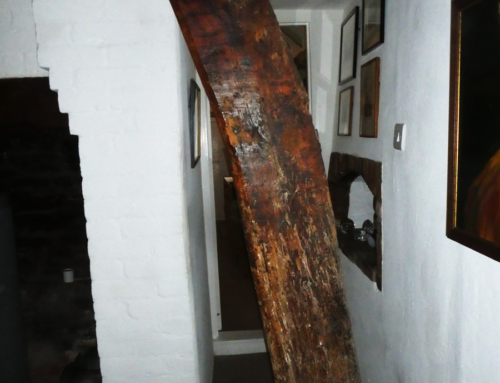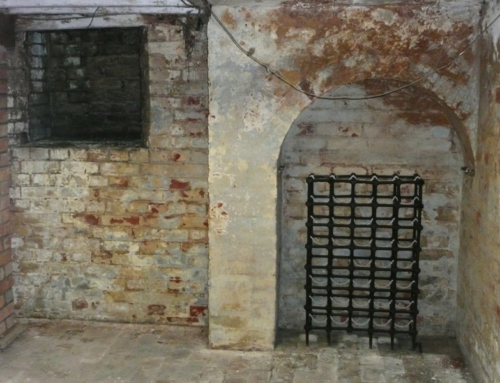Water is the prime cause of most cellar problems and in winter this can be uncomfortably obvious. In many unconverted cellars, the evidence of excessive water penetration is all too evident from discolouration, mould, plant growth and rot – or a combination of all four!
When water is penetrating where things once seemed dry, one of the first things a surveyor should ascertain is what might have changed in or near the property. Have pavements and roads being built up too high? Any blocked rainwater gulleys? Any rerouting of a stream or a filled-in ditch? Has an extension been built or a floor relaid? These are the kind of things that require checking out first. Damp can also be created by a leaking pipe or, even worse, a broken sewer conduit. It has never been a good idea to route sewer pipes underneath a property and when they break, the homeowner finds out why!
Originally, older cellars were constructed with floor drains to keep them dry – probably incorporating crushed aggregate and sand below flagstones – with some form of drain to a soakaway. Later, brick overlays became popular and then the addition of sump pumps. However, drains often block and fracture over time due to changes in the ground level or surrounding water table. Water drainage near to a house needs to be carefully managed, particularly in areas with soils such as fen, peat or clay, where ground drying out excessively can later result in excessive damp due to structural damage. In the event of a significant fault, a surveyor will need to establish the ground conditions, the height of the water table, any changes which have been implemented nearby and whether the damp/water increases when it rains.
In terms of dealing with damp cellars, tanking has become the most widely used solution these days. Chemical injection appears to be a complete waste of time and a waterproof render will eventually break down.
In existing cellars, tanking invariably means the addition of a waterproof inner liner. One older approach was to apply a bitumastic tar to the wall surfaces before laying an impervious sheet, followed by battens and then boards to finish. Timber battens usually rotted however and were superseded by metal sections, although these were prone to rust and the fixings still punctured the waterproofing linings. A later method was to attempt to seal the surface, but then construct a new inner wall of concrete blockwork or similar, although this reduced the size of the useable area. Another popular technique involved lining the cellar with a cement-based slurry that incorporated a polymer waterproofing additive. Today though, double-lined high density polyethylene or geotextiles with plastic plug fixings are generally used. In most cases, cavity drains should be incorporated and the provision of ventilation is critical. Usually, the old floor level is lowered to incorporate a new slab, in which case it is essential that the damp proof membrane in the floor seals properly with the vertical wall covering.
High quality tanking will also need to address service components such as electricity, heating, sewage routing, lighting (light tubes in place of windows are reasonably effective), good air circulation, ventilation, relative humidity, condensation, etc, and as such, can become rather expensive.
One or two potential drawbacks to bear in mind are, firstly, the swimming pool effect, where flow rate and water pressure create a problem. Water can enter through capillary action or hydrostatic pressure in subterranean conditions. In a totally sealed basement area, with an inadequate system to disperse water from behind the barrier, pressure can build up and overwhelm the tanking, causing it to implode, which is rather dramatic. Secondly, high and variable water tables, springs, artesian basins or anything else forcing water upwards, can be a problem. Septic tanks and even short-bored concrete piles can be pushed out of the ground by water pressure – its power should never be underestimated. These are unusual, worst-case scenarios though and would most likely be due to an alteration in a nearby watercourse.
As with all significant home improvements, an expert survey can provide invaluable advice before committing funds to building works. Cellars in particular present a host of potential problems so do feel free to get in touch with us for information and advice.






